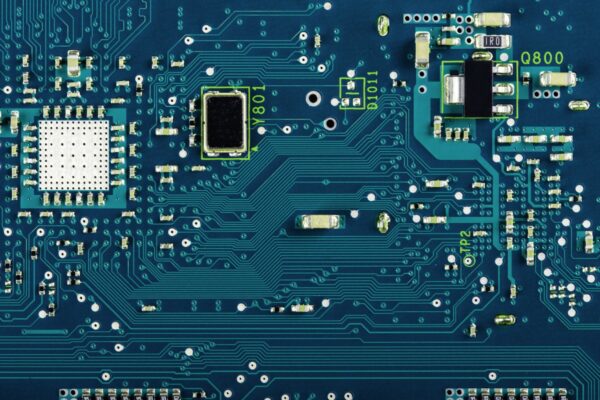What is Activating
Activating is a process used in the PCB industry to form a smooth, full-coverage coating of conductive ink on the inside of all drilled through-holes in a printed circuit board. The purpose of this process is to ensure that every hole wall is coated with ink to support reliable through-hole electroplating. The activating process involves filling all the holes with conductive ink and then removing the excess ink using a squeegee. The excess ink can be pushed to areas of the board that show light through the holes or where the walls of large diameter holes do not appear to have been totally covered. This process must be repeated for each layer of the PCB, including blind or buried vias. The term “holewall activation” specifically refers to the activating process for the hole walls in a PCB.
Frequently Asked Questions
What Is the Maximum Hole Size for PCB
The selection of hole size for PCB is not restricted to a specific range, however, there are standard drill hole sizes available to assist in your decision-making process. Opting for a hole size within the range of 5 mil (0.13 mm) to 20 mil (0.51 mm) should be suitable for your design and can be accommodated by your CM. It is important to note that smaller sizes may incur additional costs.
What Are the Steps in PCB
PCB Manufacturing Process involves several steps. After obtaining the Film Diagram of the Circuit Board, the first step is to print the design from the file onto the film. The next steps are patterning or etching and photoengraving.
What Is the Working Principle of PCB
The PCB operates by utilizing an insulating material on the board to isolate the conductive layer of the surface copper foil, enabling the current to flow through predetermined paths in different components.
What Is 4 Layer PCB Manufacturing Process
The 4 layer PCB manufacturing process involves creating a printed circuit board with four layers of glass fiber. These layers consist of the top layer, bottom layer, VCC, and GND, and are connected using a combination of through holes, buried holes, and blind holes. Compared to double-side boards, 4 layer PCBs typically have a higher number of buried and blind holes.
What Are the 3 Main Phases in Creating a PCB
PCB Development involves three main phases that are crucial for taking a circuit board design from conception to production. These phases are commonly known as design, manufacturing, and testing.





